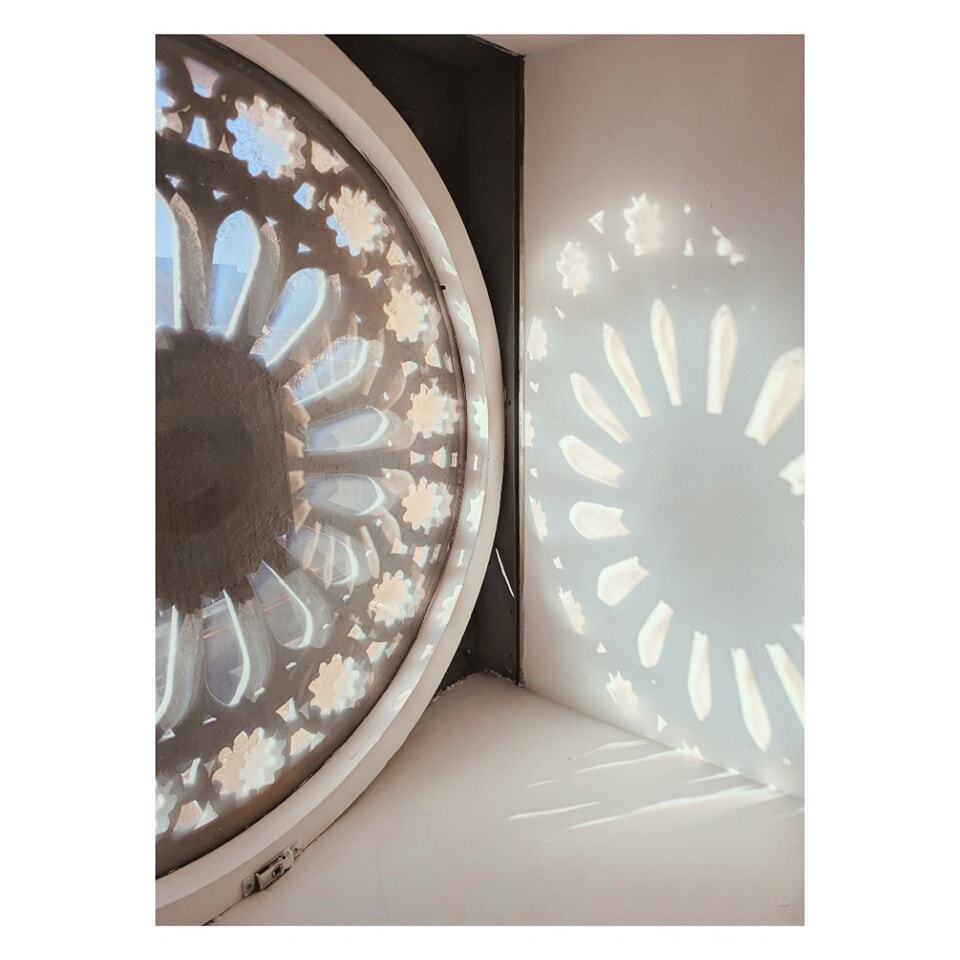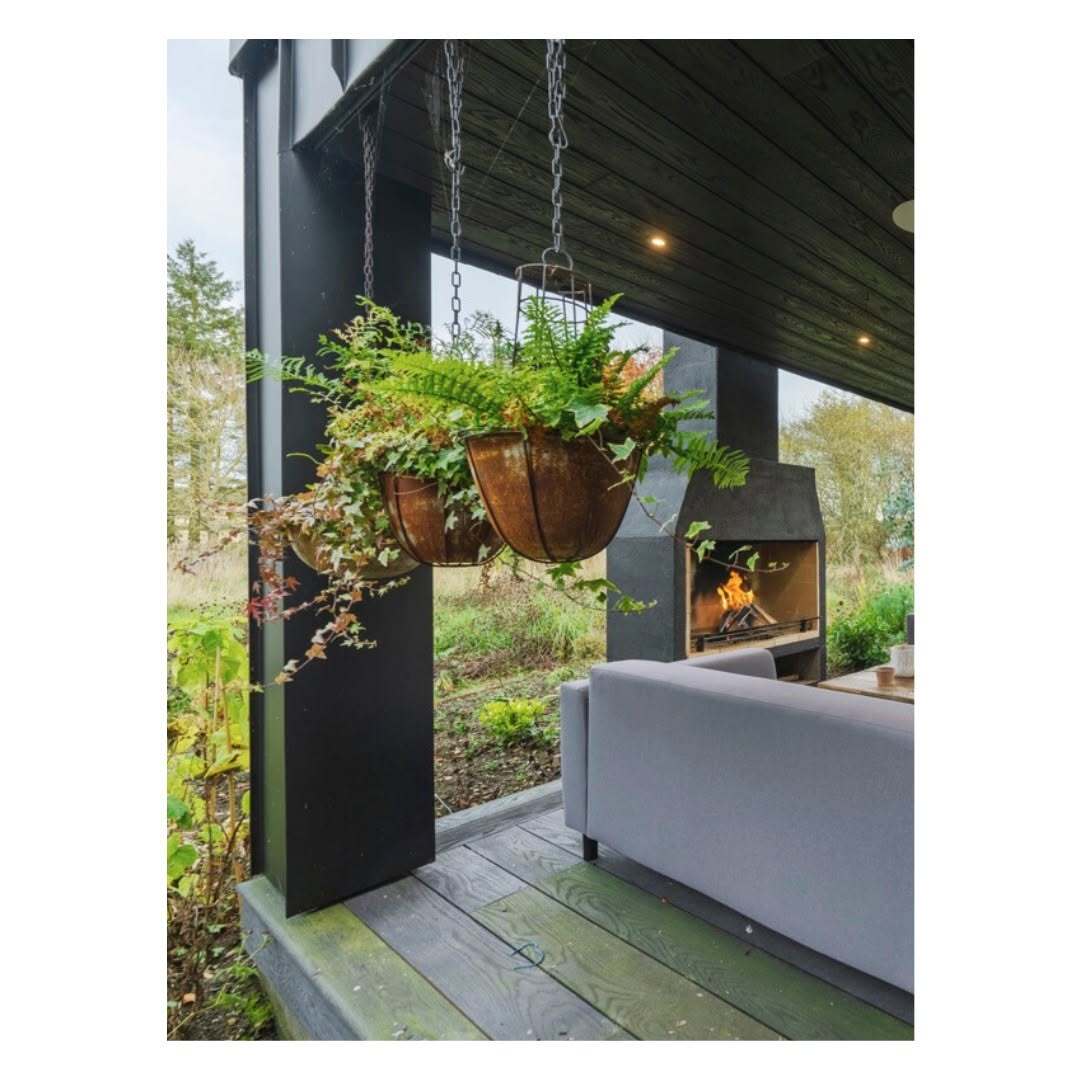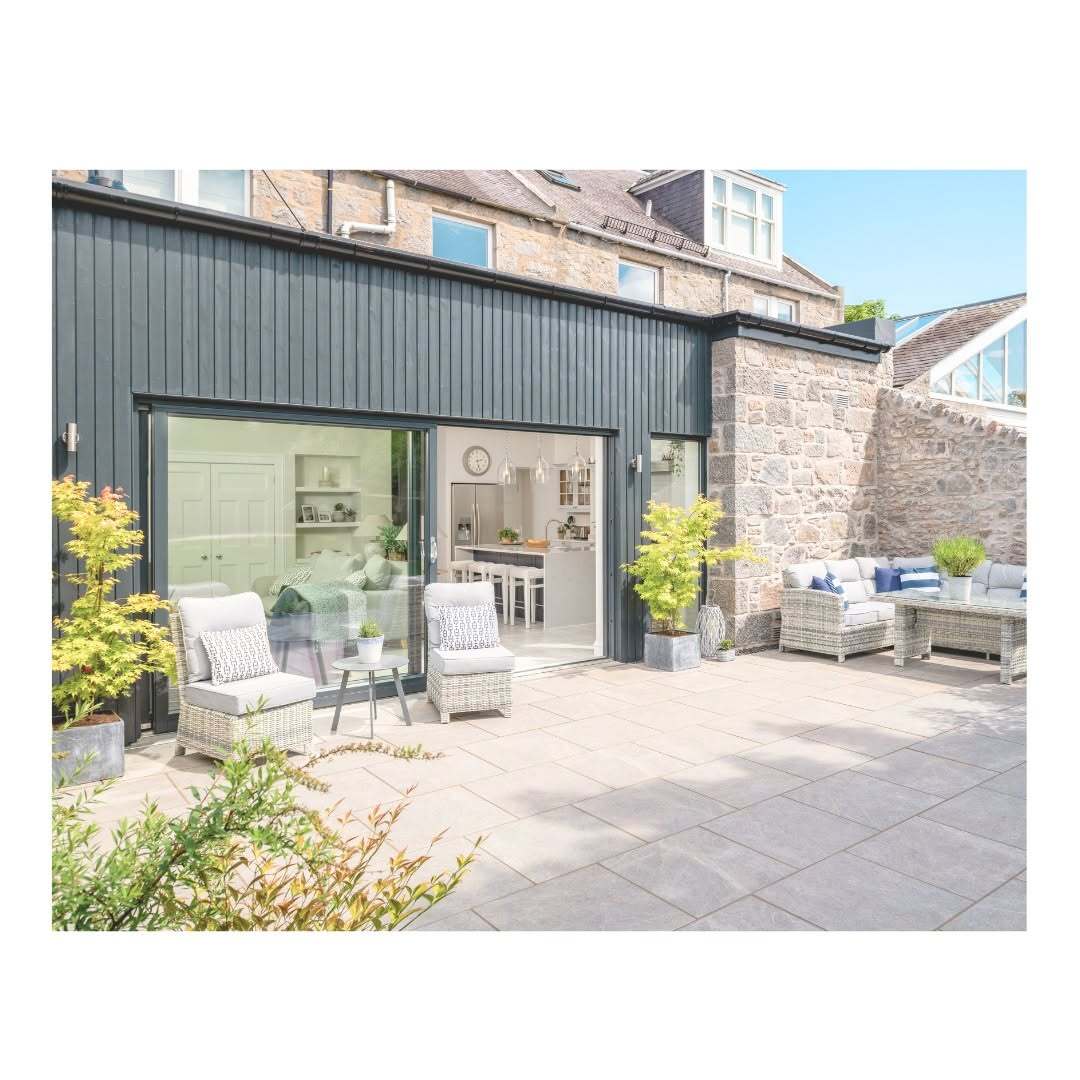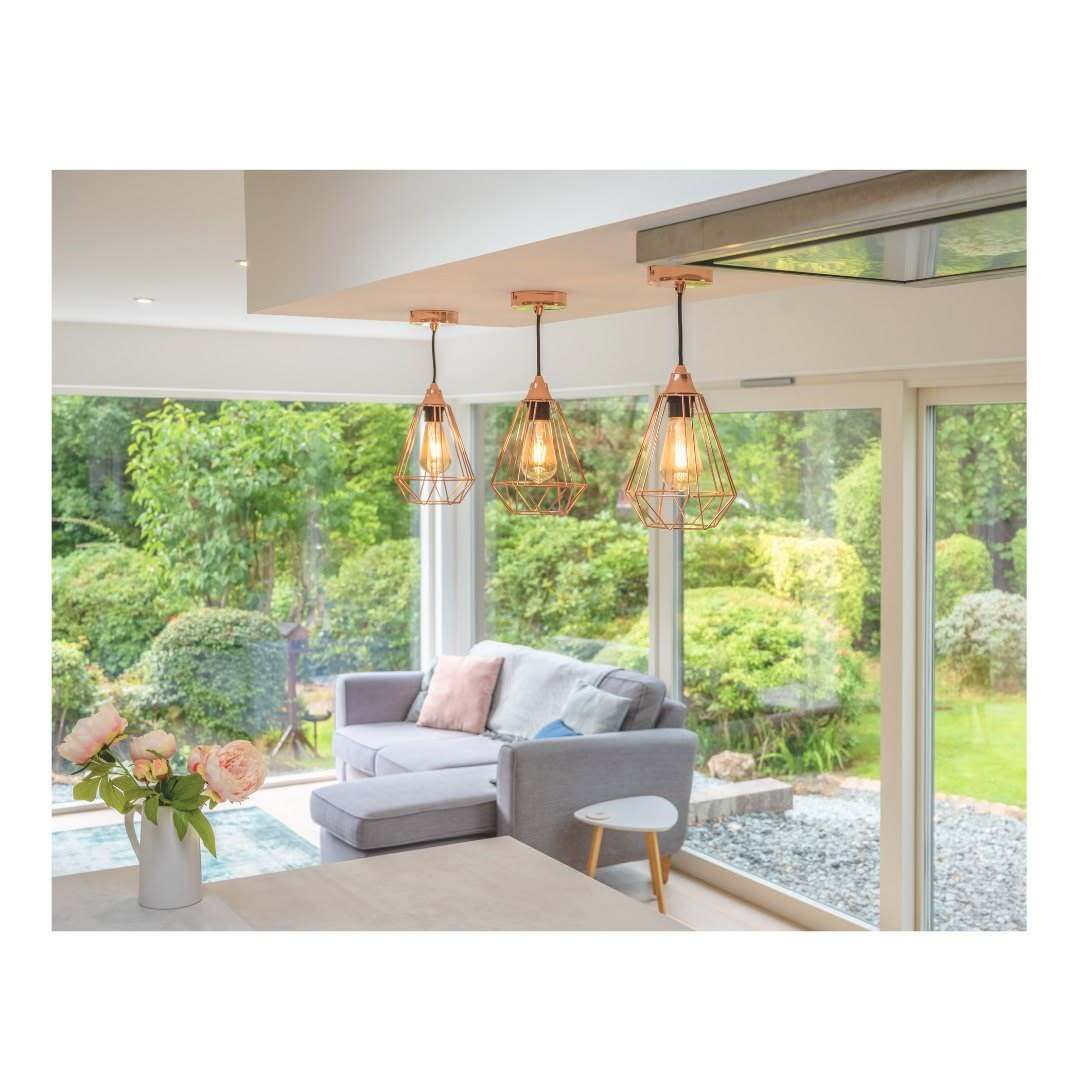Top 5 Things to Consider When Planning or Making Alterations to Your Home
The home is at the heart of modern family day life. A well designed home will not only have a huge impact on the day to day lives of you and your family, it will also become a centre for relaxation and comfort and a place where happy memories are made, so it’s important to get it right from the get- go.
When planning or making alterations to your home, the amount of things to consider can seem daunting: what style you would like your home to be; how you can make the most out of the space —the list seems endless.
Below we have listed some of the biggest design issues to consider, step by step, when building or renovating, in order to help you on your journey to building your dream home.
1. The General Idea: How Do You Want Your Home to Feel?
Regardless of the architectural or interior style, above all, you want your house to feel like a home. You will probably already have some idea of what the perfect home means to you, whether it is based around childhood memories, travels, or it is achieved by capturing the very essence of your favourite architectural or interior design style.
At this initial stage in the design process, it is imperative to use this original idea as a reference point which will then act as an anchor throughout the various stages of the design journey. It will also provide a springboard from which all other ideas originate. No matter how many changes occur throughout the process, it’s important to always refer back to your original touchpoint, as this will act as the foundations for achieving your dream design.
Try and imagine as many possibilities of your dream home as you can, whether that be a big, modern family home; a secluded, cosy cottage; a countryside house merging into the landscape; a carefully restored period property; or a minimalistic studio.
Think about types of spaces, materials, light, colours, textures and outdoor spaces by getting as many inspirational images and ideas as you can. Photographs, design magazines and websites such as Pinterest can all be very helpful at this stage. Try and build a visual mood board of all the important design features that constitute your dream home, which you can then refer back to as and when needed.
Although creativity is encouraged at this stage, it can be easy to get carried away in a Pinterest flurry of home design, therefore it is crucial to carefully match these images with your needs and lifestyle, in order to create an achievable vision for a functional family home.
2. Consider Functional Needs and Spatial Requirements
Your space should serve you and you only; there is no point in being generic or unrealistic when building or altering your own home. Although you might be in love with the idea of having an island in your kitchen, if the space is too small for this feature, it will quickly become a cramped and dead space.
As any construction is a costly enterprise, it is really worth investing time at the earliest design stages to analyse and fully understand the actual needs of its future user—you. Consider how you like to spend your time, how big your family is and what your lifestyle is like: do you work from home; have pets; and do you like to cook? If you have a large family or frequently have houseguests, perhaps consider a place large enough for entertaining guests in which children can also play. Taking into account all your various spacial requirements will enable you to design a
functional space which meets the needs and demands of you and your families lives. Try to think outside the box, as this is a chance to introduce the personal touch in terms of layout, materials and style.
In case of design alterations, it is beneficial to look at the space with a fresh eye and from a designer’s perspective in order to see potential new possibilities for the existing space. Consider what is missing in your current space and whether you need more room or, perhaps, if the space is not being used to its full potential. This is the moment when a professional designer's help may save you a substantial amount of time and money, particularly with regard to construction, time and planning permission.
3. Take Advantage of Your Building's and Location’s Existing Assets
Daylight and sunlight play a crucial role in our lives: they influence our mood, dictate our lifestyles and are also a major factor in a building's thermal performance, in relation to its maintenance cost. It is definitely worthwhile spending time analysing the surroundings of your home in order to consider incorporating the principles of passive solar design into the project. This enables you to get the maximum solar gain in your property by designing the optimum shape and form of both the building and the internal layout, as well as the location and the size of proposed windows.
External views and both the position and amount of sunlight coming into the rooms can make or break the interior, so these aspects should be considered at the early stages of the design process. There are a number of ways to take advantage of the view and both the quality and amount of sunlight, including full height glazing and letterbox windows. You could also consider placing windows on the axis of the corridor to maximise natural light as well as evaluating the position of any patios and balconies in relation to sunlight. Remember to take any other existing assets into consideration in order to use them to your advantage.
4. Consider the Practical Issues
When beginning the journey to designing your new home, it can be easy to get bogged down in the design and aesthetics, whilst overlooking the very important (and slightly more dull) practical issues, which will ultimately dictate the build.
Firstly, most builds will require a Building Warrant and sometimes Planning Permission, therefore it will take time before you can actually start any work. Depending on the character of the work and the nature of the site, it may also be necessary to involve certain consultants, like structural engineers, service engineers or even tree surgeons.
It is also important, however unromantic, to remember very prosaic issues that make any house function properly, like proper access; space for bins and for drying clothes; amenity space; storage; and the number of bathrooms needed, to name a few. After all, there would be no sense in having a breathtaking apartment which is constantly cluttered up with clothes racks because you forgot to add a utility room!
5. Let the Problem be the Solution
Some of the most amazing buildings were created as an answer to a specific design problem, whether that was an awkward shape of the site, overlooking issues or, perhaps, spatial requirements. Whatever the project, the architect or interior designer can help you overcome these problematic issues and work with you in order to deliver a design that is both functional, family oriented and, most importantly, help you to build the dream home you’ve always wanted.
What’s your idea of a dream home? Are there any other things that you think should be considered when building or renovating? Let us know in the comments below.







